Q&A: Dell on its servers, AMD and recovery
We take some time with two of Dell's server executives to talk about the company's recent product and strategy launches as well as the state of the market today.


It's that time of year again - the processor companies have launched their latest architectures and now it is time for the hardware vendors to refresh their product lines.
This week was Dell's turn. We attended the launch event of its latest server, storage and service offerings in San Francisco and caught up with two of its server executives - Stori Waugh, server marketing manager, and David Ard, product marketing manager for PowerEdge - to talk more about what it has released and how the industry is doing.
Why have you opted for three Nehalem EX products but only one from AMD in your latest four server products?
David Ard (DA): From our perspective we want to continue to drive choice for our customers. So we have to leverage our partners to make sure we are delivering the solutions that make the most sense with the different workloads they need.
With some of the innovative opportunities with the Nehalem EX architecture we're delivering some more four socket servers that we hadn't had and differentiated on in the market and on the Magny-Cours side with AMD. It is taking advantage of some of the value AMD is introducing to really go after a piece of the market that we haven't been able to touch before in the four socket entry space.
We will deliver choice for both our customers and really position it around where the workloads are and what our customers needs are.
How do Dell's new servers compare to competitors and what is it Dell is doing differently?
Get the ITPro daily newsletter
Sign up today and you will receive a free copy of our Future Focus 2025 report - the leading guidance on AI, cybersecurity and other IT challenges as per 700+ senior executives
SW: I would look at the new EX platforms [where] you [can make use of] three times the amount of memory. That is an Intel architecture advantage that it is bringing to market so you will see a lot of vendors doing that.
But one of the things that we are doing in our traditional 2U, two socket platform is we are extending memory capabilities in that 2U form factor and four socket performance in that that same box.
We are doing that through what is called our "flexmembridge" technology, a patent pending technology... We can really provide higher levels of performance, especially for virtualised workloads. It is unique in the way that Dell is doing that compared to what you will see some of our competitors doing and what IBM has already announced.
I would [also] say one of the things you should look for next week is who is actually able to provide these products to customers. We think that [Dell's time to market with Intel] is going to be a competitive advantage for us.
Not everybody has launched servers yet with the new Intel and AMD architectures, but do you know where you will sit when it comes to price?
SW: I think overall you are always going to see that Dell owns affordability, from a value tenent if you will, so we are going to be very competitive. I haven't seen competitive pricing yet so it is hard to say, but hands down we are always very competitive, especially with our x86 boxes.
DA: There may be things that our competition does and makes noise about that really at the end of the day our customers have said "that doesn't really matter to me." What [they] want to do is have a solution that is flexible, giving the ability to go at problems in a very affordable way.
Dell is predominantly a hardware vendor, but you are now building products specifically for cloud computing and virtualisation. Is this a protective strategy?
SW: the focus on cloud and virtualisation I think has been driven by customer demand. The whole reason virtualisation became so popular is because [customers] weren't maximising the utilisation out of their servers and by virtualising you max that capacity.
Then they found that the hardware wasn't able to scale to the needs of virtualisation. With this launch, we see what we are able to do from both processing, I/O and memory capability to allow customers to fully realise the benefits of virtualisation.
The cloud products still offer some of the management capabilities that were within the hardware, but some customers want to manage their environments with the application layer and that is what the cloud products offer.
Pure hardware where I just want to be able to plug and play and manage my workload at the application layer, it is just a different model and we want to offer choice for both ways.
DA: I think virtualisation and cloud both bring a lot of risk with customers going to buy fewer servers now they can do more with less hardware and take advantage of sharing resources.
But we also believe that if we can deliver this solution that they can go deploy, yes we may lose a few unit sales up-front but in the long-term we will be able to build a relationship with the customer that will have them coming back to us for their refreshes.
It is about building the longer term relationships and being seen by our customers as being more of an advisor that can help them make the decisions they need to help their business grow.
What is the attitude towards cloud computing when it comes to your customers?
DA: I think obviously we have a full portfolio of products... and launching some that focus around cloud.
But there is also a huge part of the market that still wants standard server products to take care of the standard workloads that they have in their environment today.
I see that there is some emphasis to go in this direction but I wouldn't say I could qualify that half of our customer base wants to go in that direction. I don't know the numbers, but I would say that we still have a very strong pool for standard products.
This week's product and strategy launch from Dell is at a time where people are just coming out of the recession. With the economy as it stands, do you think people are looking to invest in new products again?
DA: Over the last two years there has not only been a slow down but an absolute stopping of spend in IT. What we are seeing, and if you look at the industry data today, you are starting to see a turn.
We are right at the beginning of what we believe is the transition back into spend from an IT perspective.
We are trying to leverage as much of that as we can to make sure we can be there for our customers. You may have five or six-year-old technology in your environment and you haven't been able to spend, now is the time to spend. And, by the way, look at the economy and scaling you can get now.
We are starting to see [recovery] but it is going to take time.
Jennifer Scott is a former freelance journalist and currently political reporter for Sky News. She has a varied writing history, having started her career at Dennis Publishing, working in various roles across its business technology titles, including ITPro. Jennifer has specialised in a number of areas over the years and has produced a wealth of content for ITPro, focusing largely on data storage, networking, cloud computing, and telecommunications.
Most recently Jennifer has turned her skills to the political sphere and broadcast journalism, where she has worked for the BBC as a political reporter, before moving to Sky News.
-
 Should AI PCs be part of your next hardware refresh?
Should AI PCs be part of your next hardware refresh?AI PCs are fast becoming a business staple and a surefire way to future-proof your business
By Bobby Hellard
-
 Westcon-Comstor and Vectra AI launch brace of new channel initiatives
Westcon-Comstor and Vectra AI launch brace of new channel initiativesNews Westcon-Comstor and Vectra AI have announced the launch of two new channel growth initiatives focused on the managed security service provider (MSSP) space and AWS Marketplace.
By Daniel Todd
-
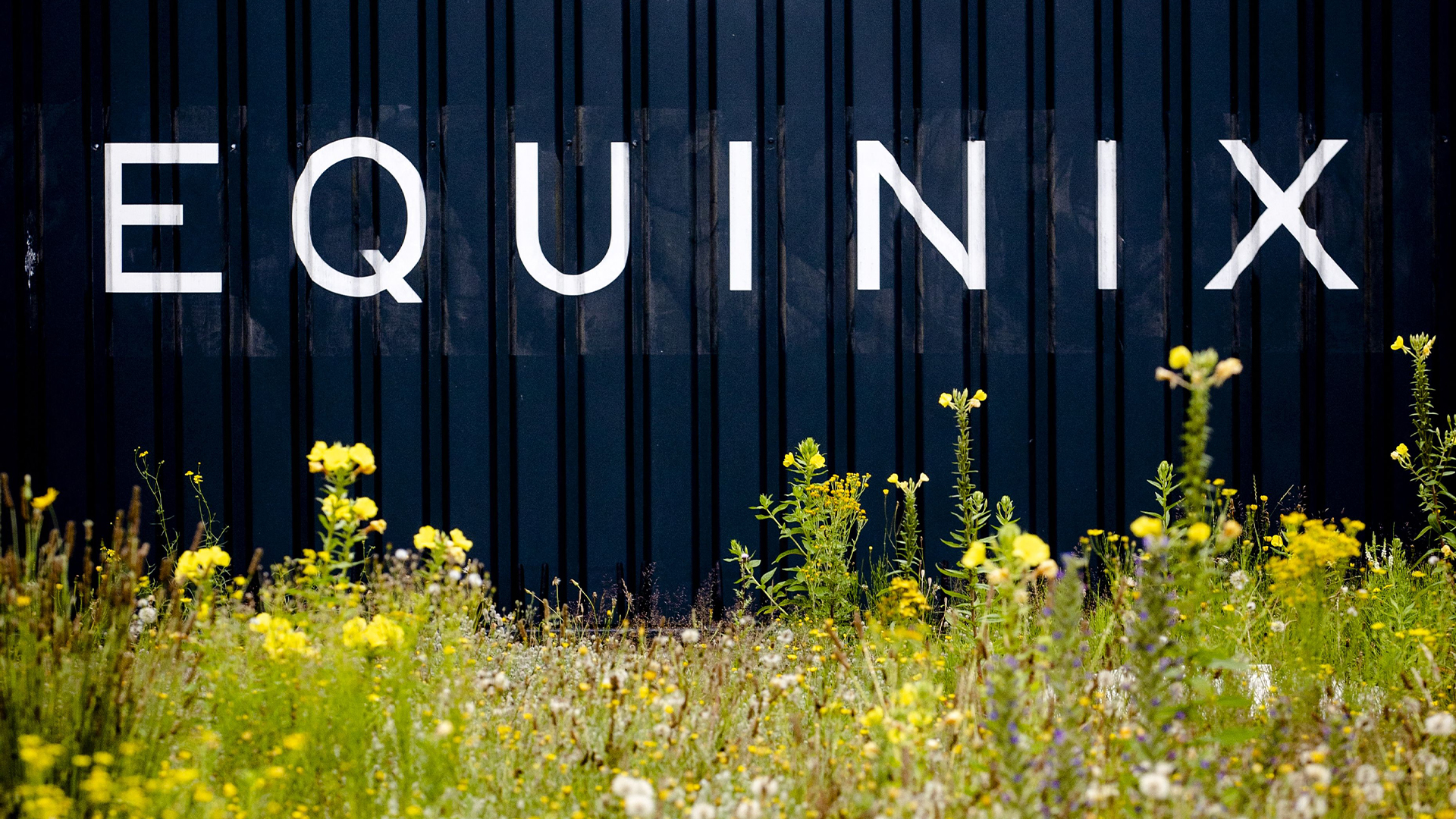 Equinix and Dell Technologies want to transform AI infrastructure
Equinix and Dell Technologies want to transform AI infrastructureNews Dell AI Factory technology will be integrated into the Equinix global network of data centers
By Emma Woollacott
-
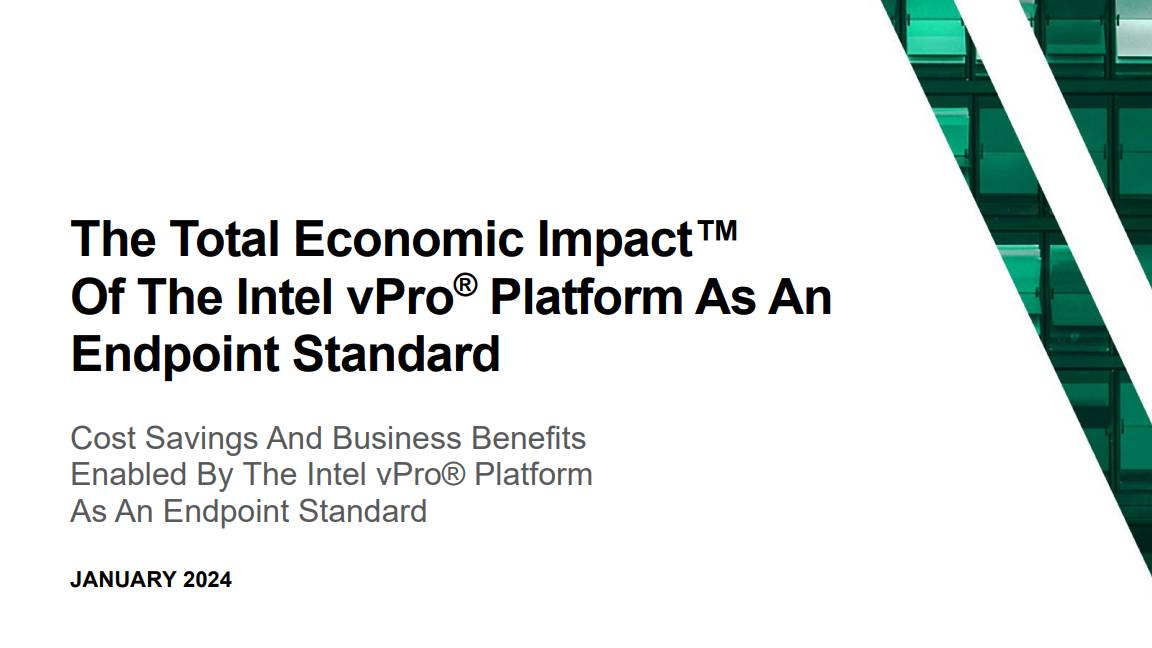 The Total Economic Impact™ of the Intel vPro® platform as an endpoint standard
The Total Economic Impact™ of the Intel vPro® platform as an endpoint standardwhitepaper Protection across AI attack vectors
By ITPro
-
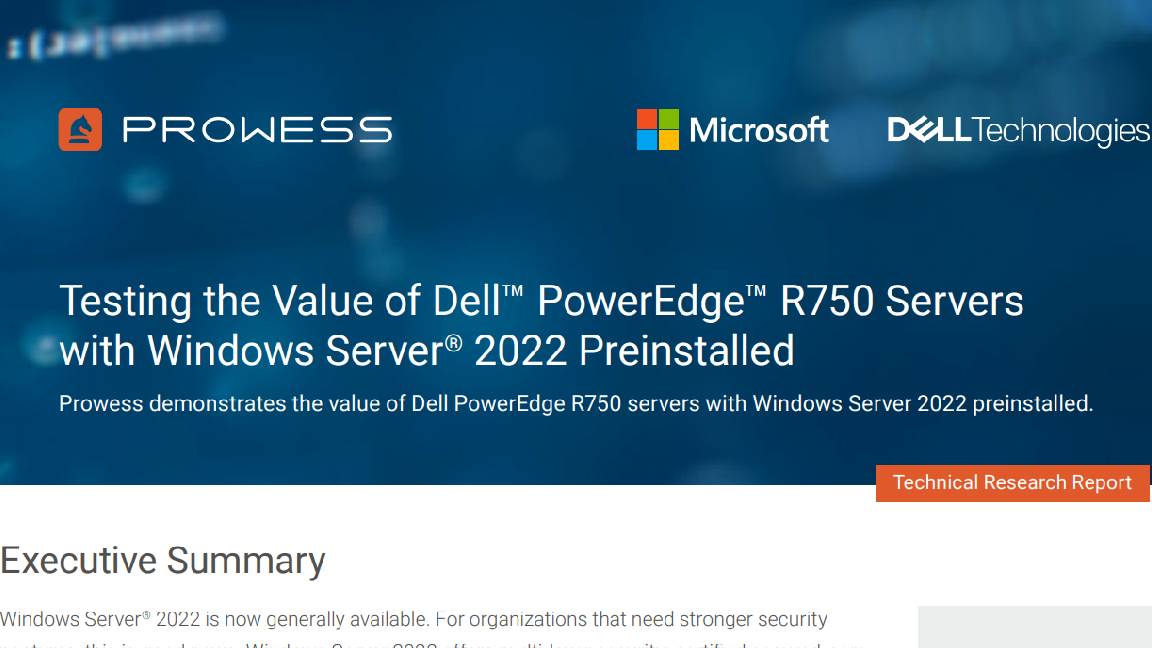 Testing the Value of Dell™ PowerEdge™ R750 Servers with Windows Server® 2022 Preinstalled
Testing the Value of Dell™ PowerEdge™ R750 Servers with Windows Server® 2022 Preinstalledwhitepaper Protection across AI attack vectors
By ITPro
-
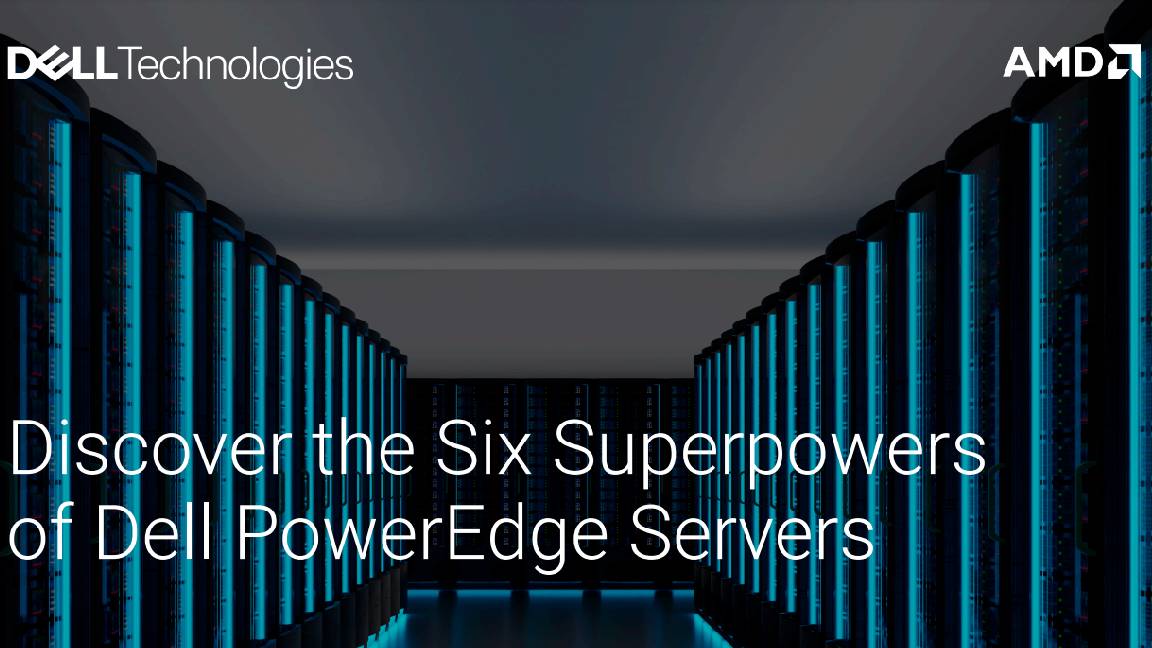 Discover the six superpowers of Dell PowerEdge servers
Discover the six superpowers of Dell PowerEdge serverswhitepaper Transforming your data center into a generator for hero-sized innovations and ideas.
By ITPro
-
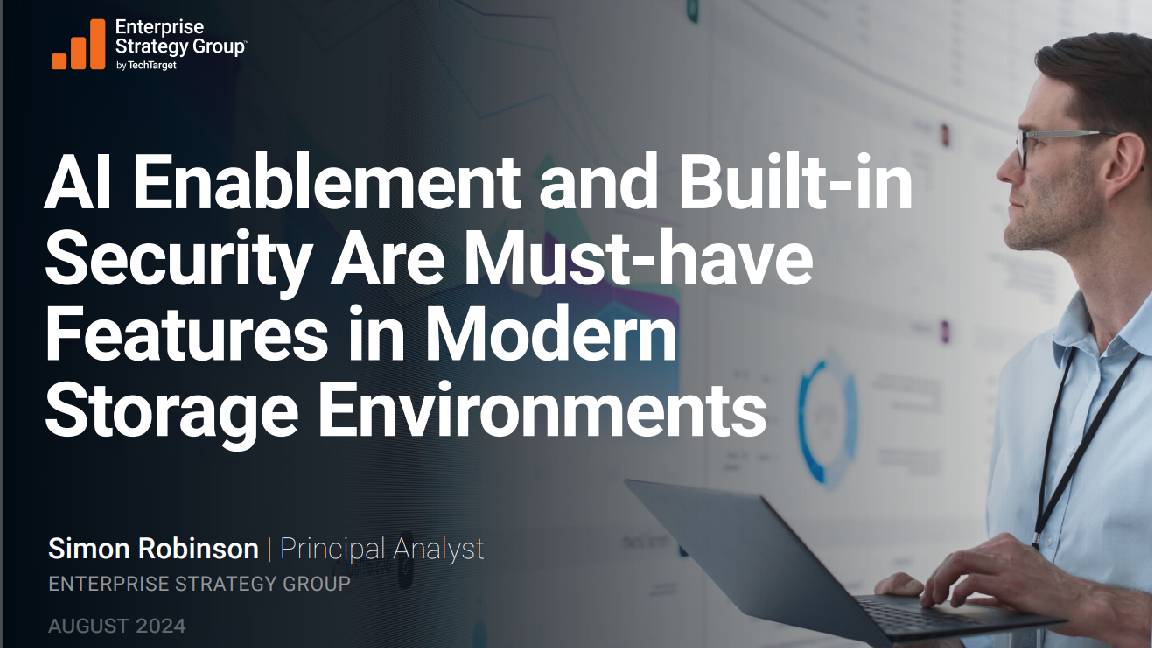 AI enablement and built-in security are must-have features on modern storage environments
AI enablement and built-in security are must-have features on modern storage environmentswhitepaper Modernize storage infrastructure to serve future application demands
By ITPro
-
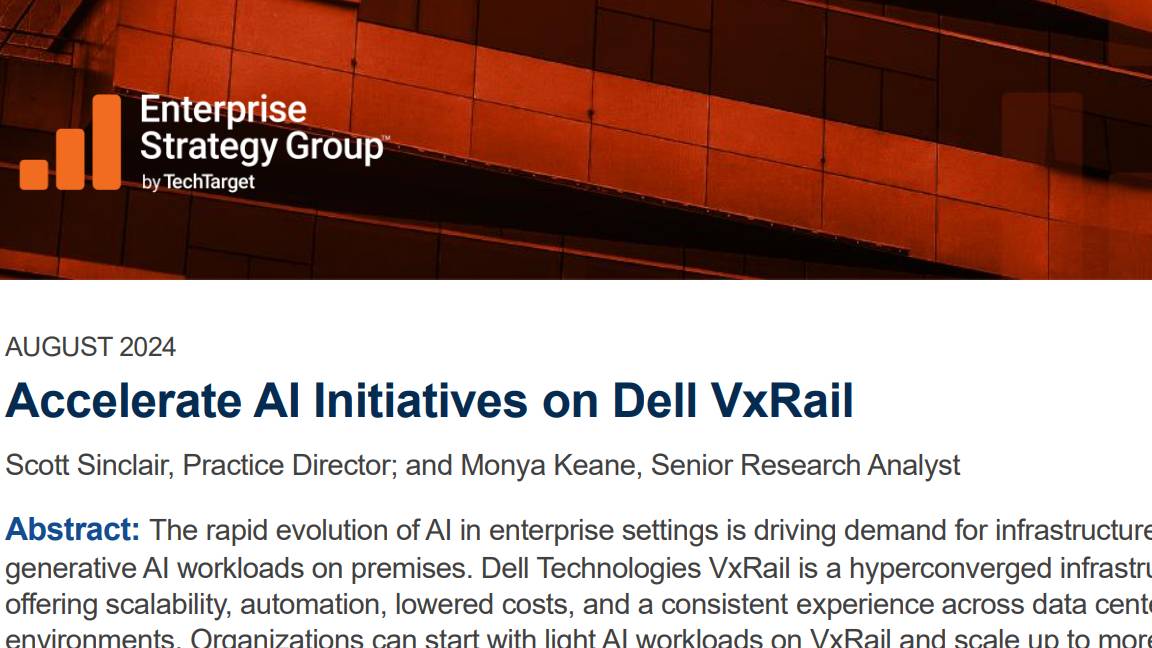 Accelerate AI initiatives on Dell VxRail
Accelerate AI initiatives on Dell VxRailwhitepaper Protection across AI attack vectors
By ITPro
-
 Choose high data-efficiency technology for lower storage TCO
Choose high data-efficiency technology for lower storage TCOwhitepaper Choose high data-efficiency technology for lower storage TCO
By ITPro
-
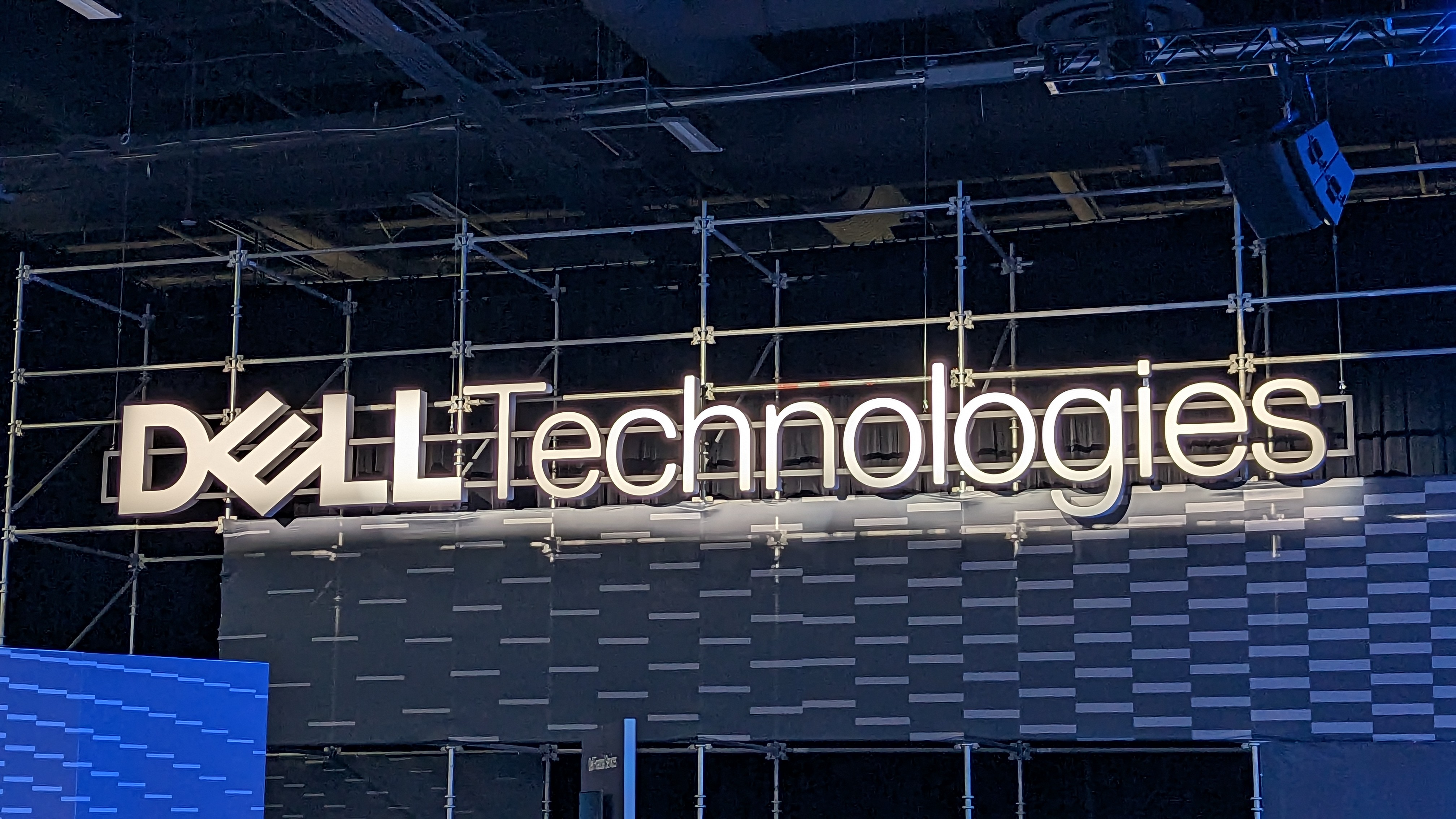 PowerStore resiliency
PowerStore resiliencywhitepaper PowerStore resiliency
By ITPro